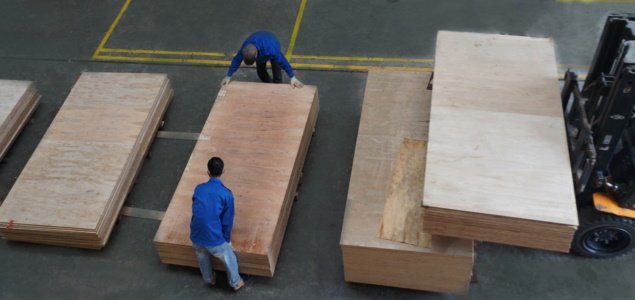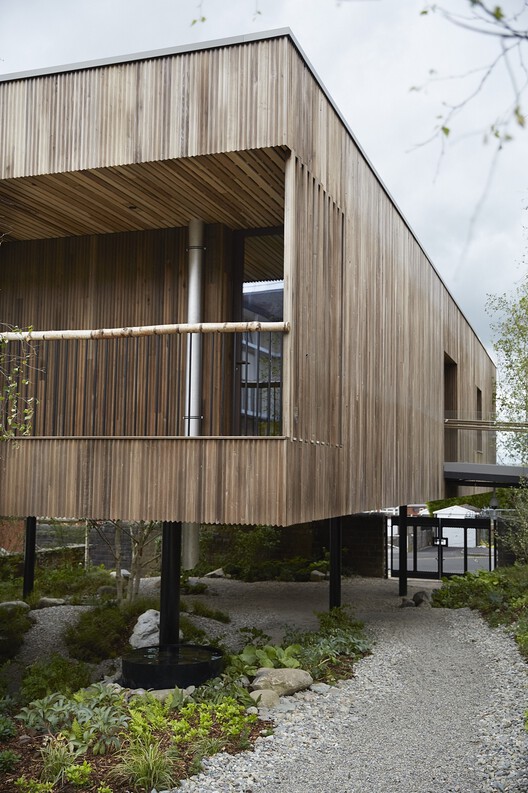If you’ve ever unwrapped a brand-new table or opened a freshly furnished room and thought, “Wow, that smell is strong” — you’re not alone. That signature “new furniture smell” might seem harmless, even luxurious, but it could be a warning sign of something more serious: formaldehyde.
What Is Formaldehyde, and Why Is It in Furniture?
Formic aldehyde is a chemical commonly used in the production of engineered wood products like MDF (medium-density fiberboard), plywood, particle board, and even some laminates. It’s often found in the glues or resins that bind these materials together.
While it helps create durable, affordable furniture, formaldehyde isn’t exactly a friendly houseguest. It’s known to off-gas (release into the air) over time, especially in closed or poorly ventilated spaces, contributing to indoor air pollution.
Why Should You Be Concerned?
High exposure to formaldehyde can lead to:
- Irritated eyes
- Sore throat and coughing
- Headaches
- Long-term exposure has even been linked to respiratory issues and an increased risk of cancer, according to organizations like the U.S. EPA and WHO.
How Can You Tell If Furniture Has High Formaldehyde?
You don’t need a lab test — your nose and body can usually tell you.
If you walk into a room and get hit with a strong, chemical-like odor, and it makes your eyes sting or gives you a headache, there’s a good chance formic aldehyde levels are high. This is especially common with new furniture in sealed rooms.
How Long Does Formaldehyde Stay in the Air?
Depending on the temperature, humidity, and airflow in your home, formaldehyde can be released slowly over months — or even years. If a room is poorly ventilated, the effects linger much longer.
So yes, that “new smell” might be sticking around longer than your guests.
The Safer Option: Low-Formaldehyde Furniture from Vietnam
Vietnam is quickly becoming one of the world’s leading furniture manufacturing hubs, known for both affordable pricing and high export standards. More and more Vietnamese suppliers are now offering E1, E0, and CARB-certified low-formaldehyde furniture to meet global health and sustainability standards.
Why Choose Vietnamese Furniture?
- Affordable
- High quality
- Meets EU and US compliance standards
- Available in MDF, HDF, plywood, particle board, and even eco-friendly alternatives
- Backed by responsible manufacturers and wood data analysis platforms like Vietnamwood
How to Shop Smarter: What to Look For
When buying furniture — especially online or for export — always ask for:
- Formaldehyde emissions certificate (E0, E1, or CARB Phase II)
- VOC testing results (Volatile Organic Compounds)
- Supplier transparency: Reliable manufacturers won’t hesitate to show their compliance
Conclusion
That “fresh furniture” scent may not be as innocent as it seems. By switching to low-formaldehyde furniture, you’re not only improving the air quality in your home — you’re also investing in long-term health and sustainability.
And if you’re sourcing in bulk or for business, Vietnam offers a wide range of trusted manufacturers already aligned with global standards.
Looking for certified low-formaldehyde furniture made in Vietnam?
We can connect you with top suppliers and custom sourcing solutions today.
Let’s build smarter, safer, and more sustainable spaces — one product at a time.
Read other article: Thermowood: Why This Sustainable Wood Trend Is Taking Over the Industry in 2025





